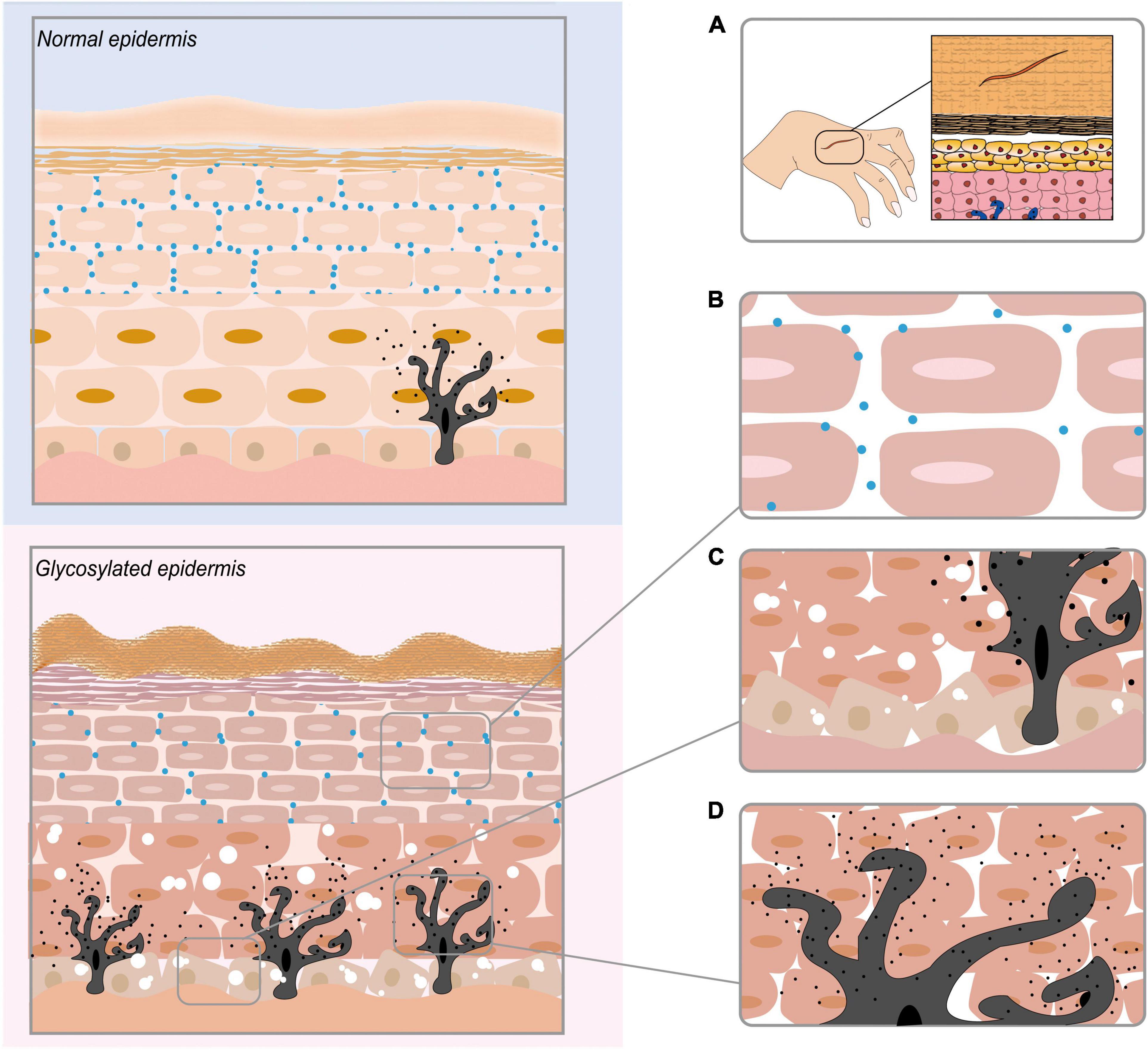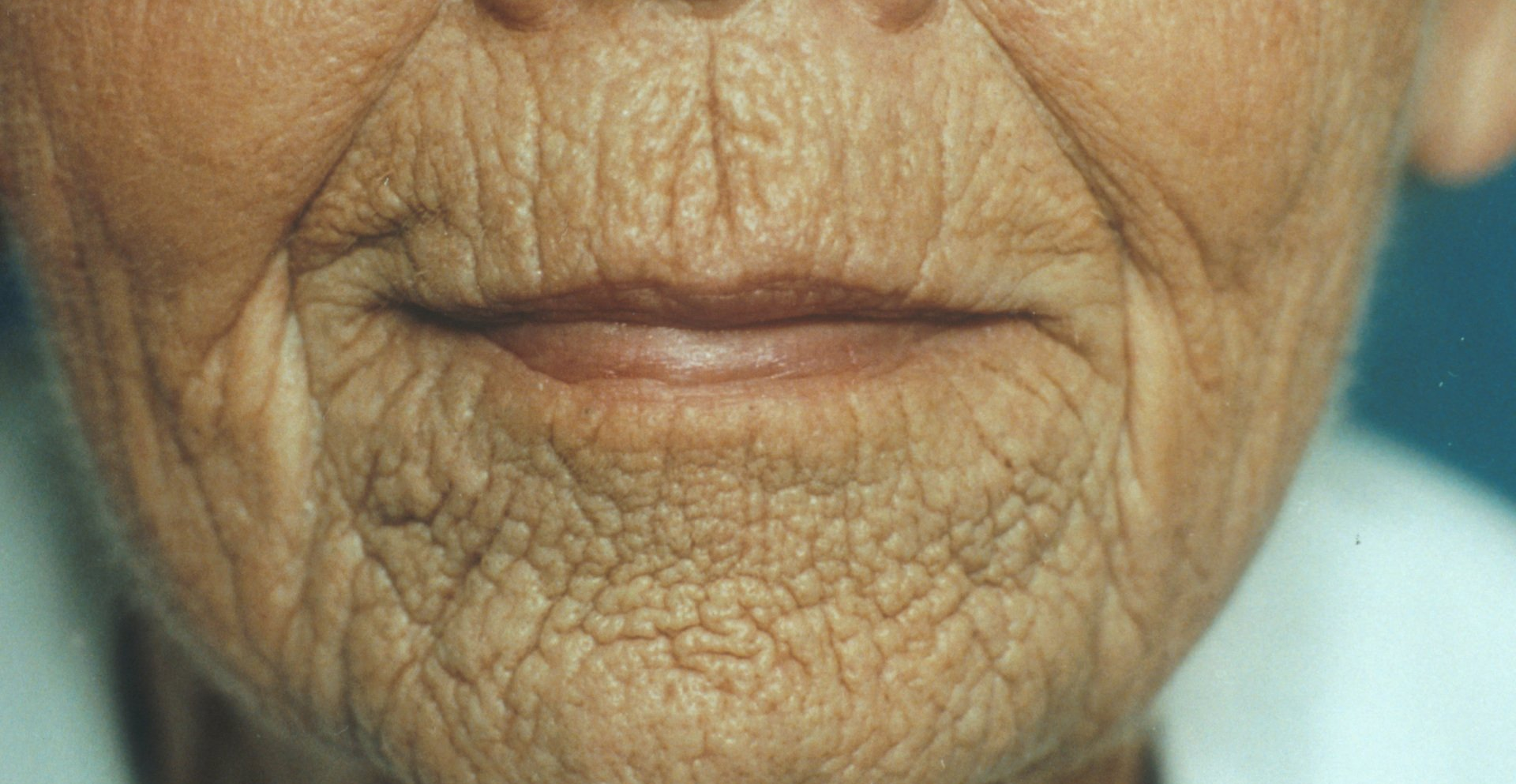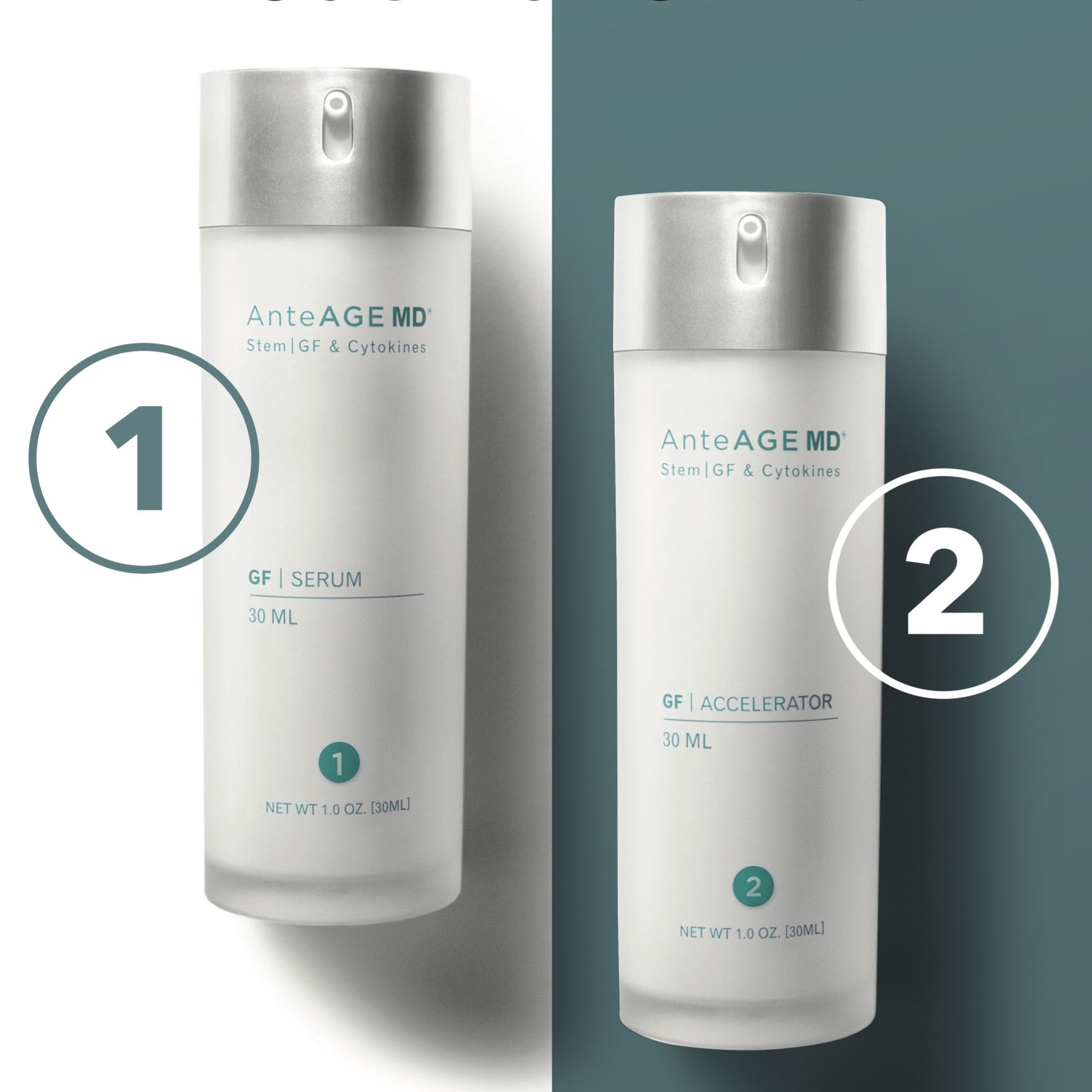Glycation, involving Advanced Glycation End-products (AGEs), significantly impacts skin health by interacting with proteins, lipids, and nucleic acids through a process known as the Maillard reaction. This complex chemical reaction leads to the gradual build-up of AGEs, influencing not only various physiological functions but notably contributing to the aging process, particularly affecting the skin.
Understanding Glycation and Its Sources
AGEs form both externally and internally. Externally, dietary intake from processed foods high in sugars and fats, and certain cooking methods like grilling or frying, increase AGEs in our bodies. Internally, AGEs are a natural byproduct of metabolic processes, with their production exacerbated by factors like high blood sugar levels, oxidative stress, and inflammation. Additional external factors like UV exposure, environmental pollution, and smoking also accelerate AGE formation, manifesting in visible signs of skin aging over time.
Impact of AGEs on Skin
AGEs affect the skin by binding to collagen and elastin fibers, which are crucial for maintaining skin elasticity and strength. The interaction of AGEs with specific receptors like RAGE (Receptor for AGEs) triggers oxidative stress and inflammatory responses. This not only contributes to the aging of the skin but also to various chronic diseases. In the skin, this process primarily results in increased stiffness and decreased elasticity due to the cross-linking of collagen and elastin fibers. AGEs can disrupt cellular functions and impair the skin’s natural repair mechanisms, leading to wrinkles, sagging, and a loss of youthful appearance.
This process leads to:
- Increased Skin Stiffness and Reduced Elasticity: AGEs make the skin less supple, leading to sagging and wrinkling.
- Impaired Cellular Function: AGEs disrupt normal cell functions, hindering the skin's ability to repair and regenerate.
- Aesthetic Changes: The skin may appear duller, less vibrant, and more yellowed as AGEs accumulate.
Imagine your skin as a stretchy, elastic band. Normally, it's flexible and snaps back easily. However, as AGEs build up, they compromise this elasticity, akin to what happens when a rubber band ages and starts to crack. This loss of elasticity caused by AGEs leads to the wrinkles and sagging commonly associated with aging. Over time, the accumulation of AGEs continues to degrade the skin's ability to recover, accelerating the aging process and diminishing the skin's vibrancy and tone.

Melanin
Understanding the influence of AGEs on melanocyte function can help you understand the pathogenesis of several skin conditions, such as hyperpigmentation and age-related changes in skin appearance. Melanocytes are specialized cells situated in the basal layer of the epidermis, responsible for producing melanin—the pigment that colors the skin, hair, and eyes, and protects the skin from UV radiation. The health and functionality of melanocytes are crucial for consistent skin pigmentation and protecting against DNA damage from sunlight exposure.
AGEs affect melanocytes in several ways:
- They can stimulate melanocytes to increase melanin production. This occurs primarily through the interaction with receptors such as RAGE (Receptor for Advanced Glycation End-products) located on melanocytes (pictured above). When AGEs bind to these receptors, they activate signaling pathways that increase the activity of tyrosinase, a key enzyme in melanin production. As a result, the overstimulation of melanocytes can lead to hyperpigmentation.
- AGEs contribute to oxidative stress by generating reactive oxygen species (ROS) and diminishing the cellular antioxidant capacity, which can damage melanocytes or alter their normal functions. This oxidative stress may lead to various pigmentary disorders and, in some cases, contribute to the depigmentation seen in conditions like vitiligo, where melanocytes lose their function or are destroyed.
The interaction of AGEs with RAGE on melanocytes and surrounding keratinocytes and fibroblasts can initiate and perpetuate inflammatory pathways. This inflammation can disrupt melanocyte function and exacerbate skin conditions, potentially influencing melanin production and contributing to disorders such as post-inflammatory hyperpigmentation (PIH), where dark spots appear on the skin following inflammatory skin diseases. Chronic exposure to AGEs can also accelerate the aging process of melanocytes, pushing them into a state of senescence. Senescent cells exhibit altered function and can disrupt the skin's microenvironment, potentially leading to either an overproduction or a reduction of melanin, resulting in mottled pigmentation and contributing to the aged appearance of the skin. Understanding these mechanisms is vital when treating (professionals) or when considering treatment (patients) and preventive strategies to manage the effects of AGEs on the skin. So much more research needs to be done, especially inclusive of how glycation can manifest differently across ethnicities. Glycation can manifest differently...


Proactive Lifestyle to Combat AGEs
To combat the formation of AGEs and their effects, dietary adjustments and lifestyle changes are essential:
- Diet: Focus on fresh, unprocessed foods and use cooking methods that produce fewer AGEs, such as steaming or boiling. Incorporating antioxidant-rich foods like berries, nuts, seeds, and greens can combat oxidative stress.
- Lifestyle: Avoid smoking and manage sun exposure to mitigate AGE formation.
- Skincare: Utilizing antioxidants (vitamins C and E) and compounds like retinoids and glycosaminoglycans can help reduce AGEs' skin impact. Professional treatments like laser therapy, chemical peels, and PRP microneedling can rejuvenate the skin by stimulating collagen production and improving skin texture
Future Directions
Continued research is crucial for developing more effective AGE inhibitors and understanding their impact on different skin types and tones. This understanding will inform new strategies to better counteract the effects of glycation and promote healthier, more resilient skin. Meanwhile, embracing a balanced approach to skincare and overall health can enhance well-being from the inside out, proving essential in the journey to maintaining youthful, healthy skin across all ethnicities.
Reference:
Lee, E. J., Kim, J. Y., & Oh, S. H. (2016, June 13). Advanced glycation end products (AGEs) promote melanogenesis through receptor for AGEs. Scientific Reports, 6(1). https://doi.org/10.1038/srep27848
Wang, L., Jiang, Y., & Zhao, C. (2024, April). The effects of advanced glycation end‐products on skin and potential anti‐glycation strategies. Experimental Dermatology, 33(4). https://doi.org/10.1111/exd.15065




